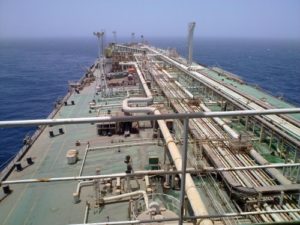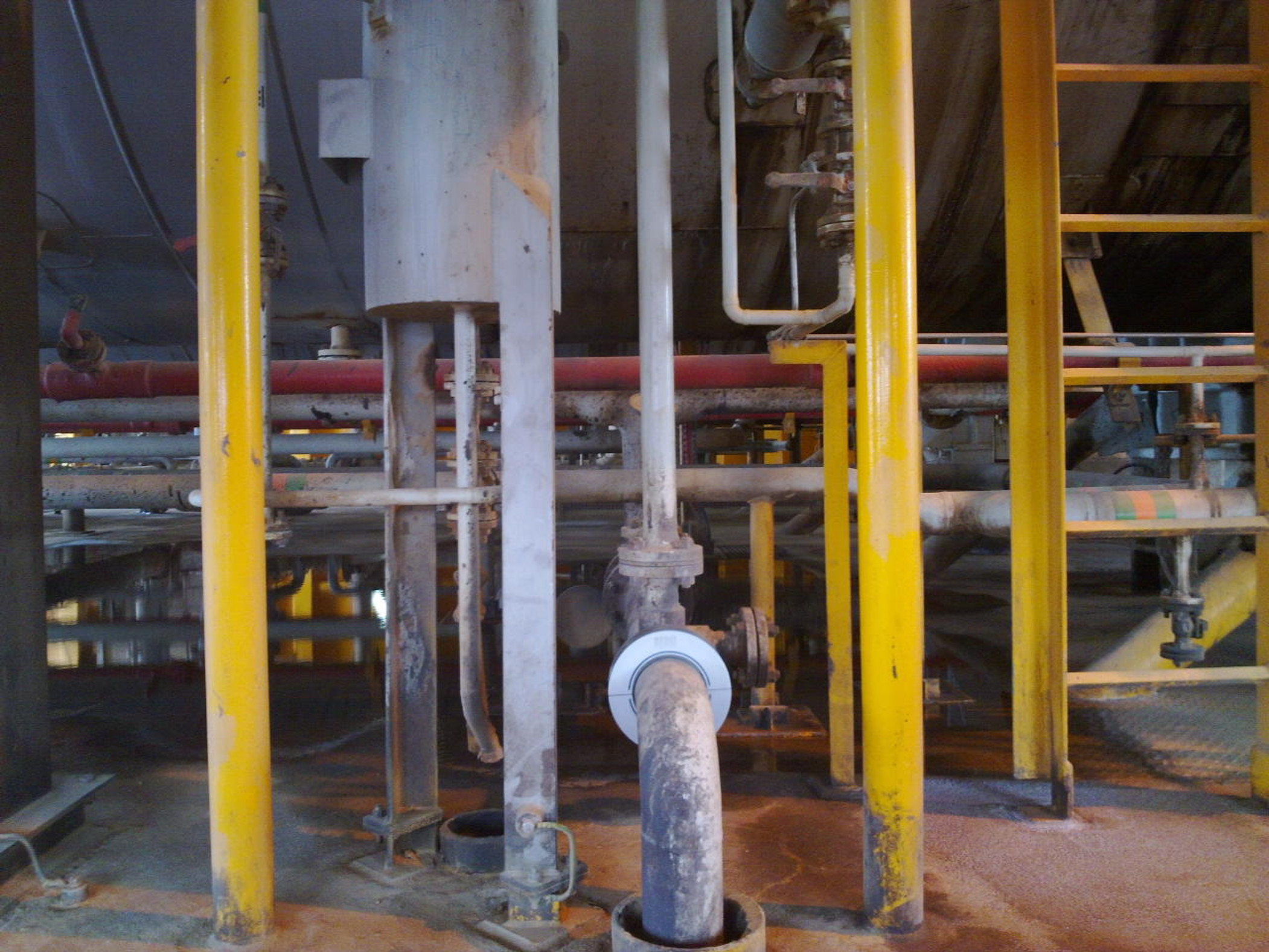In the separation process of crude oil, „produced water“ is extracted. As the goal mostly is to dewater the oil, the water itself is not clean and contains a small amount of oil. It is used for different applications around the plant. Depending on where it is needed, there are specific requirements regarding the quality of the water. Nonetheless, in every case, the oil content in the produced water is minimized, as the oil is a valuable resource.
If the water is pumped back in the reservoir, its quality is not crucial. The water is needed to sustain the pressure in the oil field.

Effluent Water
To lead the produced water into the sea or nearby rivers or lakes it has to be prepared as effluent water. There are strict governmental requirements concerning the quality of this effluent water. There are strict limits for the amount of oil in the water. In most countries, this limit is 30ppm oil in water. Where environmental awareness is high better quality is necessary, to save coral reefs and marine life.
Mechanical and chemical methods are used to remove the remaining oil from the water. Therefore so-called deoilers (oil separators) are added to the water. The quality of the effluent water is also affected by the quality of the produced water which is the input to the effluent treatment plant. It originates from the separation processes.
Improving the quality of effluent water with Merus
In some cases, Merus Rings were installed in different process steps prior to the effluent water treatment. Here the input to the effluent water treatment plant is already cleaner, than water coming from untreated separation systems. The amount of oil is reduced by up to 30% compared to untreated water. Receiving already Merus treated water facilitates the effluent water treatment. The efficiency of the deoilers is increased. They deliver better results, with less chemical additives needed.
Saving Costs – ROI
First of all, there are savings due to the reduction of chemicals in the deoiling process. But also other parameters need to be taken into account when trying to calculate the ROI.
If water which is brought back in the reservoir contains only 50ppm of oil instead of 100ppm, this sound on the first look not too much. But when calculating how much oil can be sold instead of dumped, astonishing figures will come out. A Crude Oil Terminal receiving 200.000 bbls/day, with a water cut of 50% has to dump a day approx. 100.000 barrel of water or approx. 17.000 m3 of water a day. Saving 50ppm per ton of water will result in 5 barrels a day. Again for a big oil company, 5 barrels a day are nothing, but considering 5 barrels a day more dumped in the sea is a very big figure for the environment and the marine life around the plant.

